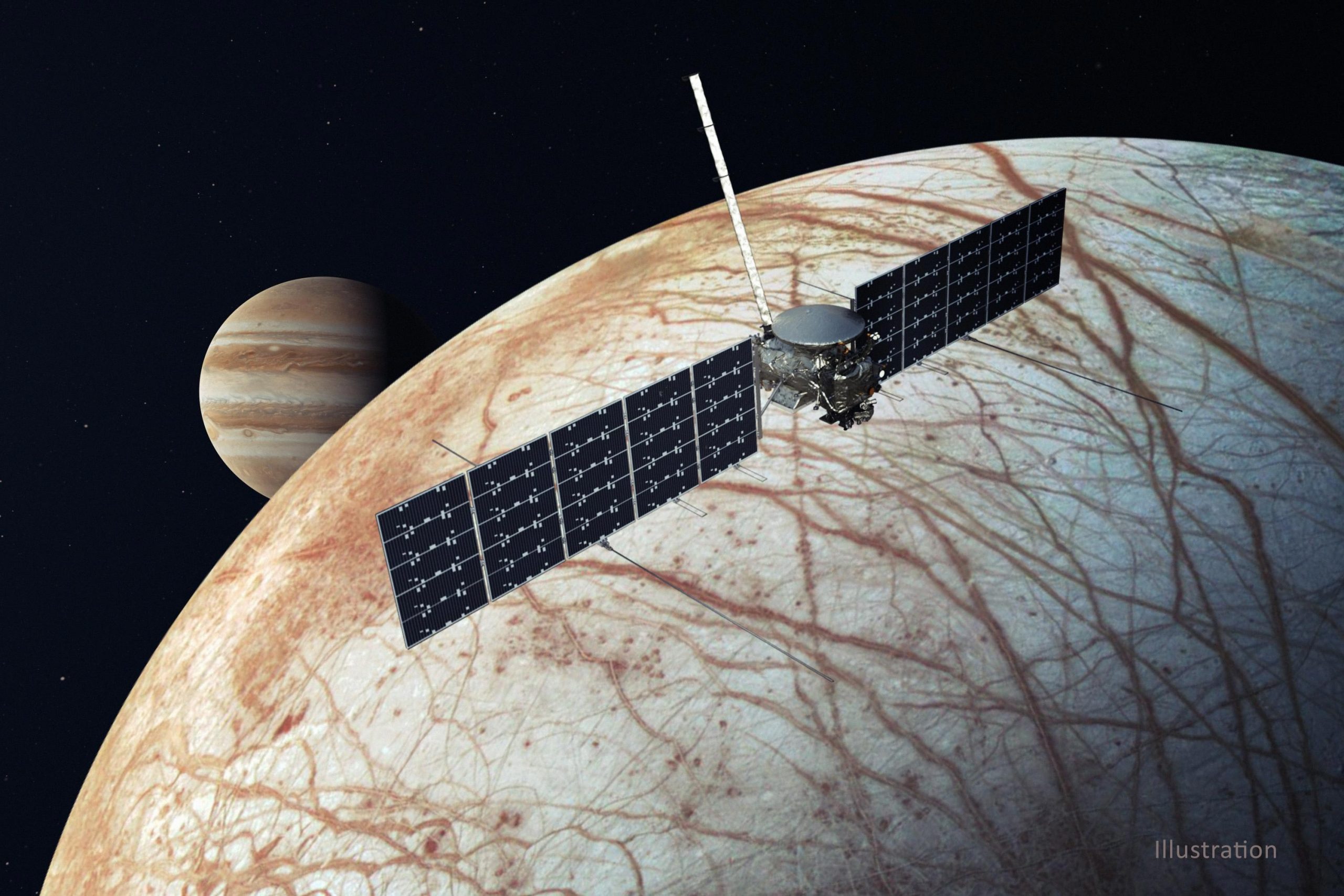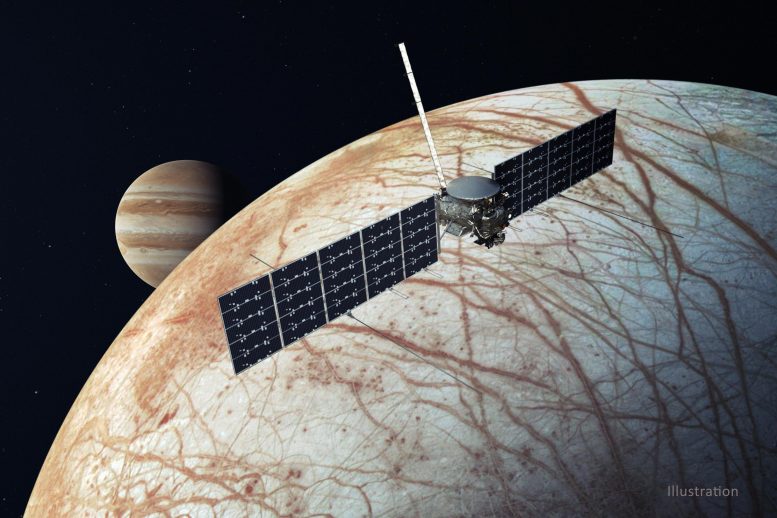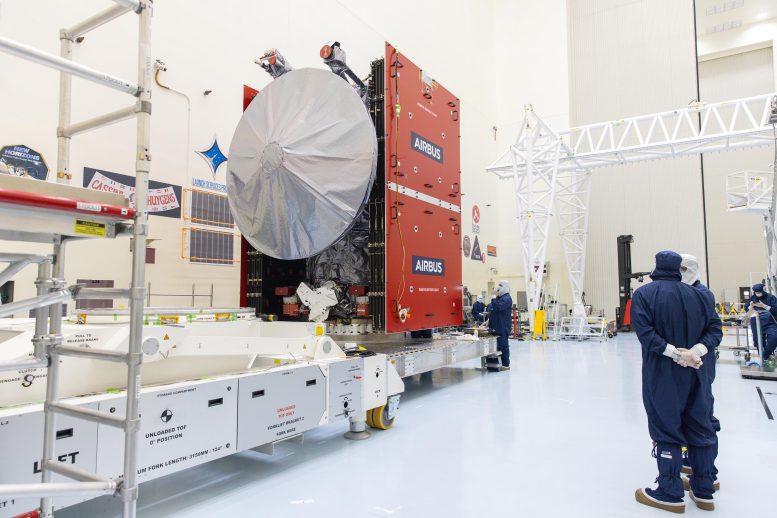

NASA’s Europa Clipper spacecraft was recently outfitted with propellants at Kennedy Space Center, signaling a major preparatory step for its forthcoming mission to Jupiter’s moon, Europa.
Encased in NASA’s largest-ever planetary spacecraft, the propulsion module contains 24 engines and over 6000 pounds of propellant. These engines will thrust the spacecraft through space, initially using gravity assists from Mars and Earth to build momentum for its journey.
Propellant Loading Complete at NASA
Technicians completed loading propellants in the agency’s Europa Clipper spacecraft on September 22, inside the Payload Hazardous Servicing Facility at NASA’s Kennedy Space Center in Florida.
Housed in the largest spacecraft NASA has ever built for a planetary mission, Europa Clipper’s propulsion module is an aluminum cylinder 10 feet (3 meters) long and 5 feet (1.5 meters) wide, and it holds the spacecraft’s array of 24 engines and 6067.6 pounds (2,752.2 kilograms) of propellant in two propulsion tanks, as well as the spacecraft’s helium pressurant tanks. The fuel and oxidizer held by the tanks will flow to the 24 engines, creating a controlled chemical reaction to produce thrust in space during its journey to determine whether there are places below the surface of Jupiter’s icy moon, Europa, that could support life.

Journey Through Space: Mars and Earth Flybys
After launch, the spacecraft plans to fly by Mars in February 2025, then back by Earth in December 2026, using the gravity of each planet to increase its momentum. With help of these “gravity assists,” Europa Clipper will achieve the velocity needed to reach Jupiter in April 2030.
NASA is targeting launch on Thursday, October 10, aboard a Space X Falcon Heavy rocket from NASA Kennedy’s historic Launch Complex 39A.
Europa Clipper carries an intricate array of instruments and components to determine the thickness of the moon’s icy shell and its surface interactions with the ocean below, to investigate its composition, and to characterize its geology. Credit: NASA
The Europa Clipper mission, managed by NASA’s Jet Propulsion Laboratory (JPL) in Southern California and developed in partnership with the Johns Hopkins Applied Physics Laboratory (APL) in Maryland, represents a collaborative endeavor across multiple NASA centers. This mission is under the oversight of NASA’s Science Mission Directorate in Washington, D.C. The spacecraft itself was principally designed by APL, working in conjunction with JPL and NASA’s Goddard Space Flight Center in Maryland. Meanwhile, the Planetary Missions Program Office at NASA’s Marshall Space Flight Center in Alabama oversees the mission’s program management. The launch responsibilities for the Europa Clipper are handled by NASA’s Launch Services Program at the Kennedy Space Center, ensuring a coordinated effort to explore Jupiter’s moon, Europa, and investigate its potential for supporting life.